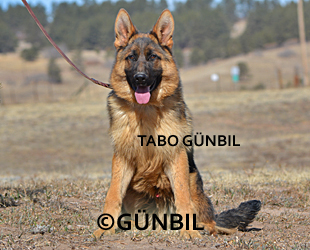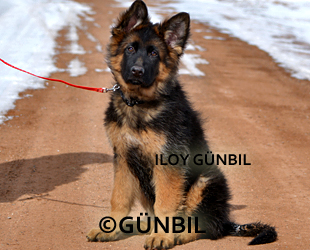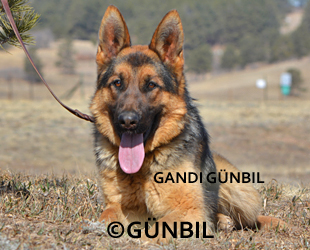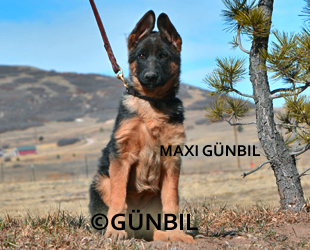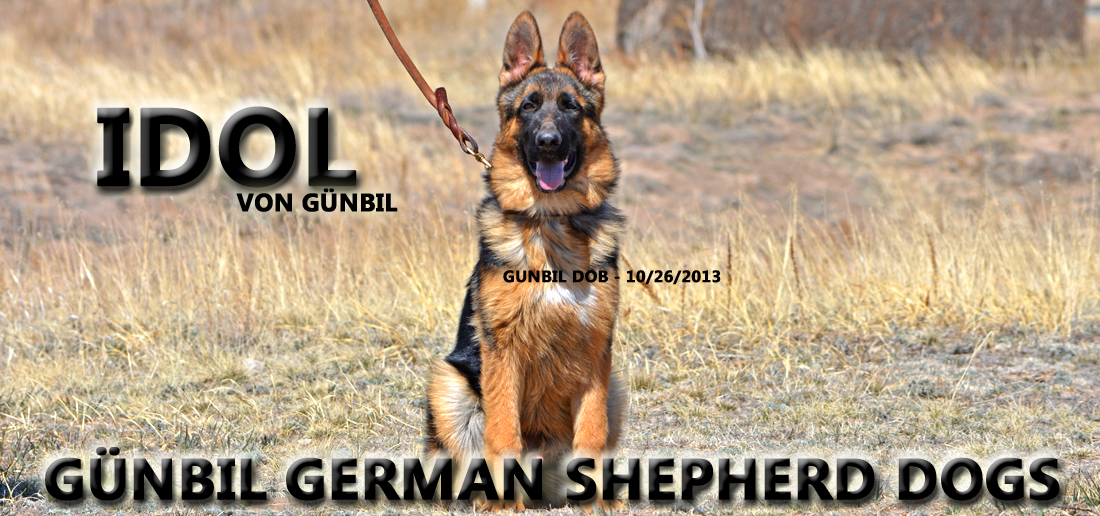
Dog Vaccination Facts
For the last forty years, it has been standard veterinary practice in the United States to vaccinate dogs yearly for canine distemper virus (CDV), canine leptospirosis (CL), canine adenovirus-1 & hepatitis (CAV-1), canine parainfluenza virus (CPIV), canine parvovirus (CPV), canine Coronavirus (CV) as well as canine bordatella or kennel cough and Lyme disease.
ABBREVIATED
- CDV = Canine Distemper Virus
- CL = Leptospirosis
- CAV-1 = Canine Adenovirus-1 & Hepatitis (CAV-1)
- CPIV = Canine Parainfluenza Virus
- CPV = Canine Parvovirus (CPV),
- CV = Canine Coronavirus
How Vaccines work
Vaccines stimulate the immune system to produce antibodies to a disease organism so that the dog is protected against various pathogens in its environment. If the immunized dog is later exposed to the infectious agent, these antibodies react quickly to attack and neutralize the disease.
How Frequently To Immunize
In the January 2004 issue of a U.S. veterinary journal, an article was published by the Pfizer Drug Company, a major manufacturer of dog vaccines. They determined that their canine vaccines were active (protective) up to and beyond four years after administration for all five of these diseases (1). Other studies have documented immunity lasting up to seven years (2)(3). No two vaccine manufactures produce identical products so you should not assume that the brand your veterinarian uses induces this long immunity but I suspect they all protect well over a year.
There may be risks associated with too frequent vaccinations
For one, the immune system of your pet is stressed by these vaccinations. Occasional dogs develop allergic reactions, facial edema, enteritis, lethargy, fevers, pruritis, nausea, coughing. We also suspect that vaccinations can trigger certain autoimmune diseases such as Adison’s disease on dogs. Occasionally these reactions are life threatening. Vaccines contain many ingredients besides the dried virus.
Some of these, antibiotics and adjuvants (enhancers) are implicated in vaccine reactions. When these vaccinations are given they are best given subcutaneously with a TB syringe with 25-gauge needle. This small needle is less likely to carry a plug of skin into the injection site causing swelling and inflammation. In dogs that have had prior history of vaccine reactions I often do not give yearly vaccinations. I feel the risks outweigh the benefits.
If I am suspicious that a dog might have a reaction to a particular vaccine I pre-administer antihistamines (Benadryl) and give a minute test dose of 0.05ml. If the dog is normal thirty minutes after the test dose I give it the remaining one-milliliter. I limit yearly or every two-year vaccinations for the four “core” diseases to “higher risk dogs”. Higher risk dogs are dogs that roam or take unsupervised strolls; dogs that play with other dogs not from their household, dogs that have contact with wild animals, or swim and drink from pools puddles and streams.
Other higher risk dogs are coprophagic (eat stool). Others are more at risk because the attend obedience classes, dog shows, field trials, and large grooming and boarding facilities. About half the dogs I see fall into this higher risk category.
Core Vaccines
Neither the American Animal Hospital Assn. Canine Vaccine Guidelines nor the American Assn. of Feline Practitioners Feline Vaccine Guidelines were written to define immunization standards for dogs and cats. Furthermore, they were never intended to represent a “universal vaccination protocol” applicable to all dogs and all cats in all practices.
They are, simply, recommendations based on the most current, reputable science available today. Objectively, the vaccine guidelines provide reliable information with which veterinarians can develop a rational vaccination program that addresses realistic levels of risk for individual patients.
There are two key points regarding implementation of core vaccines into a protocol for any practice.
First, it is the veterinarian’s prerogative as to which vaccines should be designated “core.”
For example, although the AAHA Canine Vaccine Guidelines recommend distemper-parvovirus-adenovirus-2 and rabies as core vaccines, many veterinarians practicing in New England include Lyme disease vaccine as core.
Second, every veterinarian in the practice should agree on which vaccines are “core” for that practice. This is critical in communicating a clear, consistent vaccine message to clientele.
The recommendation that modified-live and recombinant core vaccines (distemper, adenovirus-2, and parvovirus for dogs; panleukopenia, herpesvirus-1 and calicivirus for cats) can be administered every three years without loss of protective immunity continues to be challenged despite publication of several supporting studies.
Although most, if not all, veterinary schools follow triennial vaccination recommendations, most practices do not. The fact remains, whether recommending triennial or annual boosters, both recommendations represent a reasonable and acceptable standard of care in veterinary medicine today.
Non-Core Vaccines
Vaccines designated “non-core” are considered optional. Any recommendation for administering a non-core vaccine should be based on reasonable assessment of the patient’s risk of exposure and infection. Furthermore, there are no three-year booster recommendations for non-core vaccines, only annual.
Not surprisingly, much of the controversy surrounding vaccine selection and administration is centered on non-core vaccines.
Feline leukemia vaccine, although listed as non-core, is highly recommended for all kittens through the first year of life. This is based on the premise that susceptibility for infection is highest among kittens and that kittens, despite an owner’s insistence that their cat will strictly be a “house cat,” tend to escape.
But that, too, is only a recommendation that many veterinarians tend not to follow. Adult cats that spend time outside unsupervised should receive an annual FeLV vaccination.
The virulent systemic (VS) feline calicivirus vaccine has received considerable attention since its introduction in 2007. While the disease is, in fact, serious, the risk of exposure among household cats is extremely low. Despite marketing claims, there are no studies documenting increased prevalence in the U.S.
Infections are considered to be rare and typically limited to shelter-housed cats. Furthermore, this vaccine has never been subjected to a heterologous challenge. The VS feline calicivirus vaccine should not be recommended for use in all pet cats.
Determining the merits of intranasal Bordetella bronchiseptica vaccines versus the only parenteral vaccine has been challenging due to the lack of adequate challenge data. However, recent studies do give intranasal vaccines an edge.
Dogs vaccinated with an intranasal vaccine and exposed to pathogenic B. bronchiseptica did not become clinically ill nor did they shed infectious bacteria.
Parenteral vaccination, on the other hand, prevents development of clinical signs but does not appear to prevent shedding of virulent bacteria following exposure.
The fact that all intranasal B. bronchiseptica vaccines also contain parainfluenza virus vaccine supports a role for use of the intranasal product. Parainfluenza virus vaccine may be more immunogenic when given by the topical (intranasal) route.
Whether to administer leptospirosis vaccine to an individual dog continues to be a challenging question. The obvious answer is, “It depends on the risk.”
But risk for leptospirosis exposure and infection is difficult to define.
Diagnostic testing is infrequently performed in practice and results can be difficult to interpret. Published demographic data on canine leptospirosis is limited.
In addition, leptospirosis vaccines have the (probably justified) reputation of causing acute post-vaccination reactions, especially in small breeds. While current vaccines are generally regarded as protecting dogs from clinical illness subsequent to infection, they do not necessarily prevent infection or shedding of infectious spirochetes.
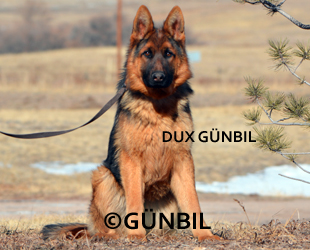
- All About German Shepherd Puppies
- Pet Disease and Allergies
- Hips and Elbows
- German Shepherd Dog Anatomy
- What is Schutzhund
- German Shepherd Behavior
- Quick Tips On German Shepherds
- Our Show Dogs
